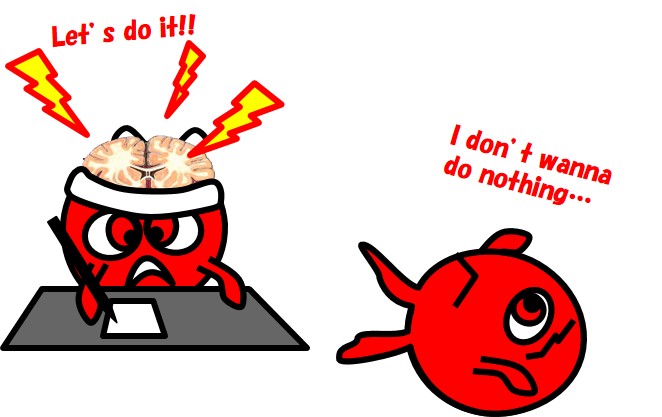
Neuromorphic Networks
 The
more
the brain works, the smarter it becomes. Otherwise, it gradually
loses the
ability. Positive feedback is working there, as the saying goes,
the rich
get richer and the poor get poorer, concurrently with negative
feedback. The
former is responsible for adaptation of the system to the
environment, while
the latter exerts an effect against it to maintain the initial
state like a
coil spring. Creatures adapt themselves to the surroundings and
evolve keeping
such a balance between accelerator and brake. What is going on in
our brain is
something similar. Neurons are connected on another across
synapses, whose
transmission efficiencies change depending on how frequent
electrical signals
transmitted. Excitatory neurons providing positive feedback, while
inhibitory ones
work opposite way. Creation or elimination of synapses also takes
place in response
to the situations. The same goes for neurons, even in the brains
of old people. Thus, the morphology of a neural
network changes constantly to adjust itself to the varying
situation.
The
more
the brain works, the smarter it becomes. Otherwise, it gradually
loses the
ability. Positive feedback is working there, as the saying goes,
the rich
get richer and the poor get poorer, concurrently with negative
feedback. The
former is responsible for adaptation of the system to the
environment, while
the latter exerts an effect against it to maintain the initial
state like a
coil spring. Creatures adapt themselves to the surroundings and
evolve keeping
such a balance between accelerator and brake. What is going on in
our brain is
something similar. Neurons are connected on another across
synapses, whose
transmission efficiencies change depending on how frequent
electrical signals
transmitted. Excitatory neurons providing positive feedback, while
inhibitory ones
work opposite way. Creation or elimination of synapses also takes
place in response
to the situations. The same goes for neurons, even in the brains
of old people. Thus, the morphology of a neural
network changes constantly to adjust itself to the varying
situation.Although the actual system is extremely complicated, the basic mechanism underlying seems the same as that of desire paths in a grassland. We simplify the problem and are focusing on creating a desire-path system where electrical signals flow instead of animals, with choosing hydrogel as a grassland material.
